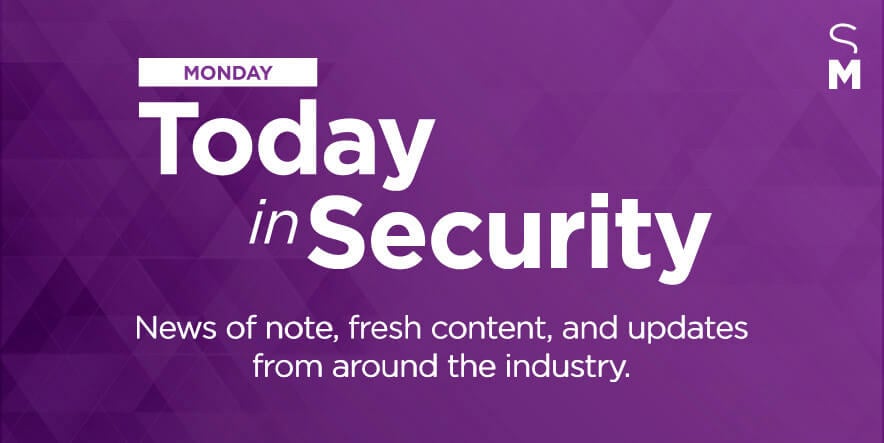As U.S. Protests Escalate, Global Demonstrations Spread
Protests over the killing of George Floyd and other black Americans escalated sharply this weekend, as curfews imposed in nearly 40 cities were largely ignored, leading to tension and clashes with law enforcement. In New York, Chicago, Philadelphia, and Los Angeles, riot police fired tear gas and pepper bullets to disperse crowds, the BBC reports.
Some protests have been peaceful, such as when thousands of people lay down with their hands behind their backs chanting “I can’t breathe” at the Colorado State Capitol in Denver.
After night fell and emergency curfews came into effect in cities across the United States, however, tensions quickly escalated. In Denver, police fired tear gas and foam bullets at demonstrators, allegedly after demonstrators threw “rocks, bottles, fireworks, and explosives,” according to Denver Police Chief Paul Pazen.
Demonstrators who continued marching after Denver’s emergency curfew took effect Sunday night were again met with clouds of stinging tear gas, though police on this fourth night of protests waited longer to deploy chemical agents. https://t.co/9j4FnBeDOH
— The Denver Post (@denverpost) June 1, 2020
“Active aggression is that threshold to use tear gas,” Pazen said. “And somebody throwing rocks, a few agitators throwing rocks, individuals that hide under the veil of peaceful protest and create criminal and assaultive behavior, must be addressed.”
In Washington D.C., on 31 May, more than 1,000 protesters marched to Lafayette Square across from the White House. After dark, some tried to break through police barricades, according to The Washington Post. American flags, parked cars, and buildings were set on fire. The Post notes that “the worst violence didn’t erupt until police pushed demonstrators out of Lafayette Square and into the city’s streets.” Windows were smashed in shops, banks, and office buildings by vandals and looters.
Violence and destruction evolved beyond looting, however. In Philadelphia, the Asscoiated Press (AP) reports that protesters threw rocks and Molotov cocktails at police. In Boston, seven police officers were hospitalized. Police and National Guard soldiers enforcing a curfew in Louisville, Kentucky, killed a man early Monday in an exchange of gunfire with a large group. In Indianapolis, two people were reported dead after protests turned violent.
So far, at least 4,400 people have been arrested for offenses including stealing, blocking highways, and breaking curfew, the AP reports. In Atlanta, Georgia, two police officers were fired on Sunday for using excessive force—including firing a Taser—on two college students.
Demonstrations are spreading internationally as well, according to NPR. Hundreds of German protesters marched in solidarity with American protesters over the weekend, gathering at the U.S. Embassy in Berlin. In London, thousands demonstrated to protest Floyd’s death and police brutality. In Toronto, Canada, citizens protested against global injustice toward black people and against the death of Regis Korchinski-Paquet, a black woman who died after falling from her balcony while police officers responded to a “domestic incident” in her home. In Iran, a candlelight vigil was held in Floyd’s honor.
In Germany, demonstrators marched in solidarity with American protesters over the weekend, chanting "Stop Killing Us," "Black Lives Matter" and "No Justice, No Peace," as the killing of George Floyd sparks a global movement against inequality and racism. https://t.co/zDQptCNhQ6
— NPR (@NPR) June 1, 2020
According to a 2017 Security Management article, “Preparing for Protests,” author Martin Herman shares guidance and recommendations for security leaders who are facing large-scale protests or riots. “During a full-scale riot,” he wrote, “a high-level, clearly visible deterrent posture to protect life and property is usually most effective. If people are moving through a city in large numbers, burning cars and buildings and looting stores, a low-key approach to security—such as clearly marked property lines and ‘No Trespassing’ signs—will likely fail.”
A connected article notes that when confronted with protestor violence, security managers should consider how they want to respond in advance. “In some cases, companies opt to focus on collecting evidence of illegal behavior instead of acting forcefully to stop it. The idea is that it is easier and better to win in the courts instead of on the street.”
